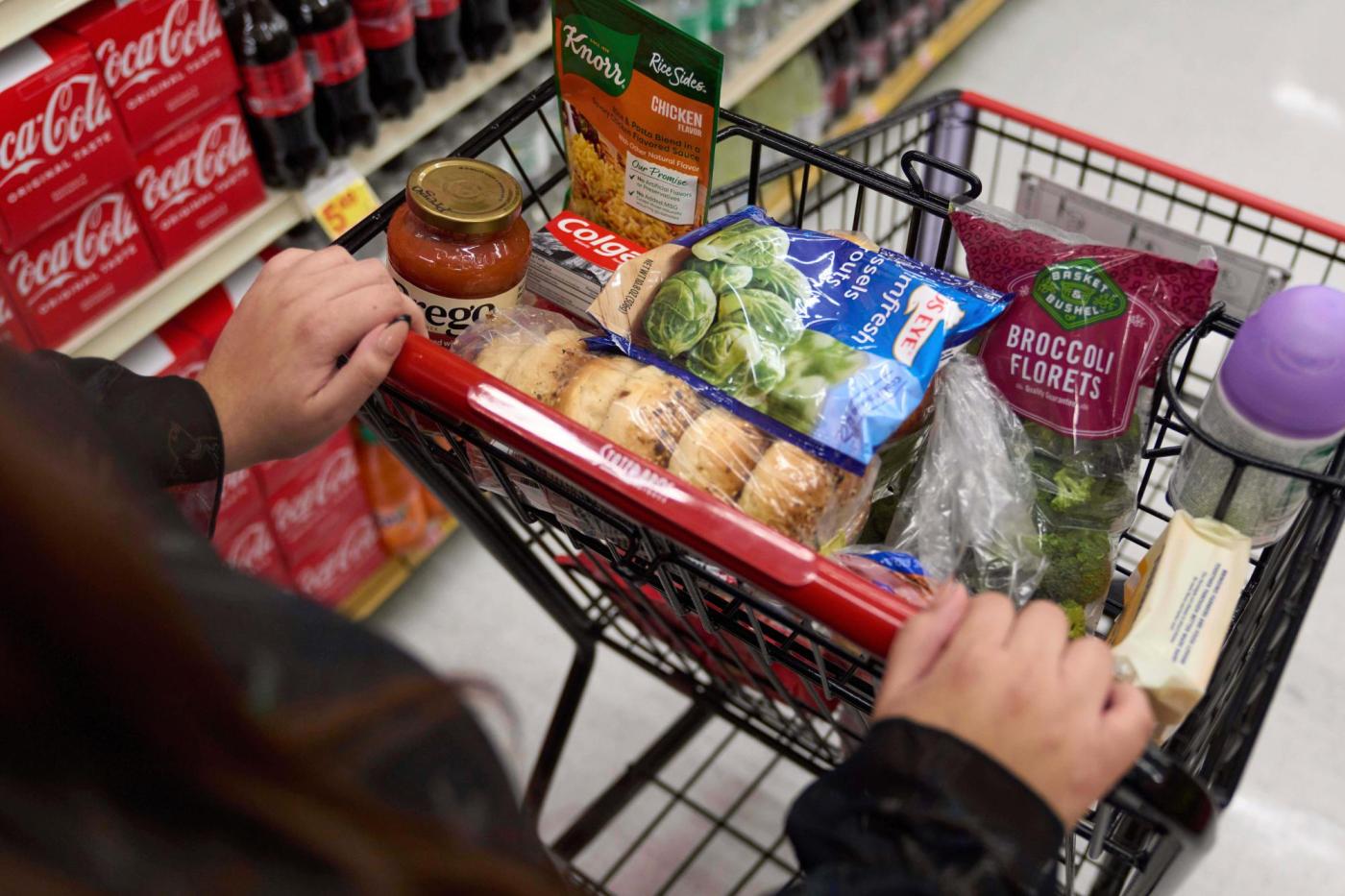Summary
Global demand for natural flavor systems is pushing yeast extract into mainstream food, nutraceutical, cosmetic, and animal nutrition industries. According to the latest market analysis, the yeast extract industry is valued at USD 1.65 billion in 2025 and is projected to reach USD 2.95 billion by 20…
Source: FMIBlog

AI News Q&A (Free Content)
Q1: What factors are contributing to the robust growth of the yeast extract market in Asia Pacific?
A1: The yeast extract market in Asia Pacific is experiencing rapid growth due to shifting lifestyles, increased income levels, and a preference for processed foods. These changes are driving demand for natural ingredients like yeast extract, which is favored for its use as a substitute for monosodium glutamate (MSG) and for its role in animal feed applications. The region's growth is further supported by the increasing health awareness and demand for clean-label ingredients.
Q2: How is yeast extract used in the food industry, and what are its benefits?
A2: Yeast extract is widely used in the food industry as a natural flavor enhancer and substitute for monosodium glutamate (MSG). It provides a savory taste due to its high levels of glutamate, and it's also a vegan source of B vitamins, including vitamin B12. Yeast extract enhances the flavor profile of various food products without the need for artificial additives.
Q3: What recent innovations have been introduced in the yeast extract market?
A3: Recent innovations in the yeast extract market include the launch of vegan-friendly yeast extracts by companies like Angel Yeast, which introduced products like AngeoPrime and Angeoboost. These products are designed for use in diverse industries, including food and beverage. Additionally, Lallemand acquired Evolva, a Swiss yeast-based biotech company, to expand its commercial and operational network.
Q4: What are the potential health impacts of using yeast extract as a food ingredient?
A4: Yeast extract is generally considered safe as a food ingredient and is valued for its natural flavor-enhancing properties. It does not contain synthetic additives and provides essential nutrients like B vitamins. Its use as a substitute for MSG can help reduce the intake of synthetic additives in processed foods, aligning with consumer preferences for clean-label products.
Q5: What are some challenges faced in the production of yeast extracts?
A5: One challenge in the production of yeast extracts is the adaptation of plant enzymes to the yeast cellular environment. Current engineering approaches for optimizing enzyme performance are labor-intensive and need customization for each enzyme. Research is ongoing to develop cost-effective computational pipelines and machine learning frameworks to improve enzyme adaptation and streamline production processes.
Q6: How is yeast extract contributing to sustainability in the food industry?
A6: Yeast extract contributes to sustainability by utilizing by-products of beer brewing, thus minimizing waste. Its role as a natural flavor enhancer reduces the need for artificial additives, aligning with the increasing consumer demand for clean-label and environmentally friendly products. The use of yeast extract supports sustainable practices by promoting the efficient use of resources.
Q7: What are the growth projections for the global yeast extract market by 2035?
A7: The global yeast extract market is projected to grow significantly, reaching USD 2.95 billion by 2035. This growth is driven by the increasing demand for natural flavor systems in the food, nutraceutical, cosmetic, and animal nutrition industries, as well as the rising popularity of clean-label ingredients.
References:
- Published: 2024-03-20
- Title: Strangers in a foreign land: 'Yeastizing' plant enzymes





